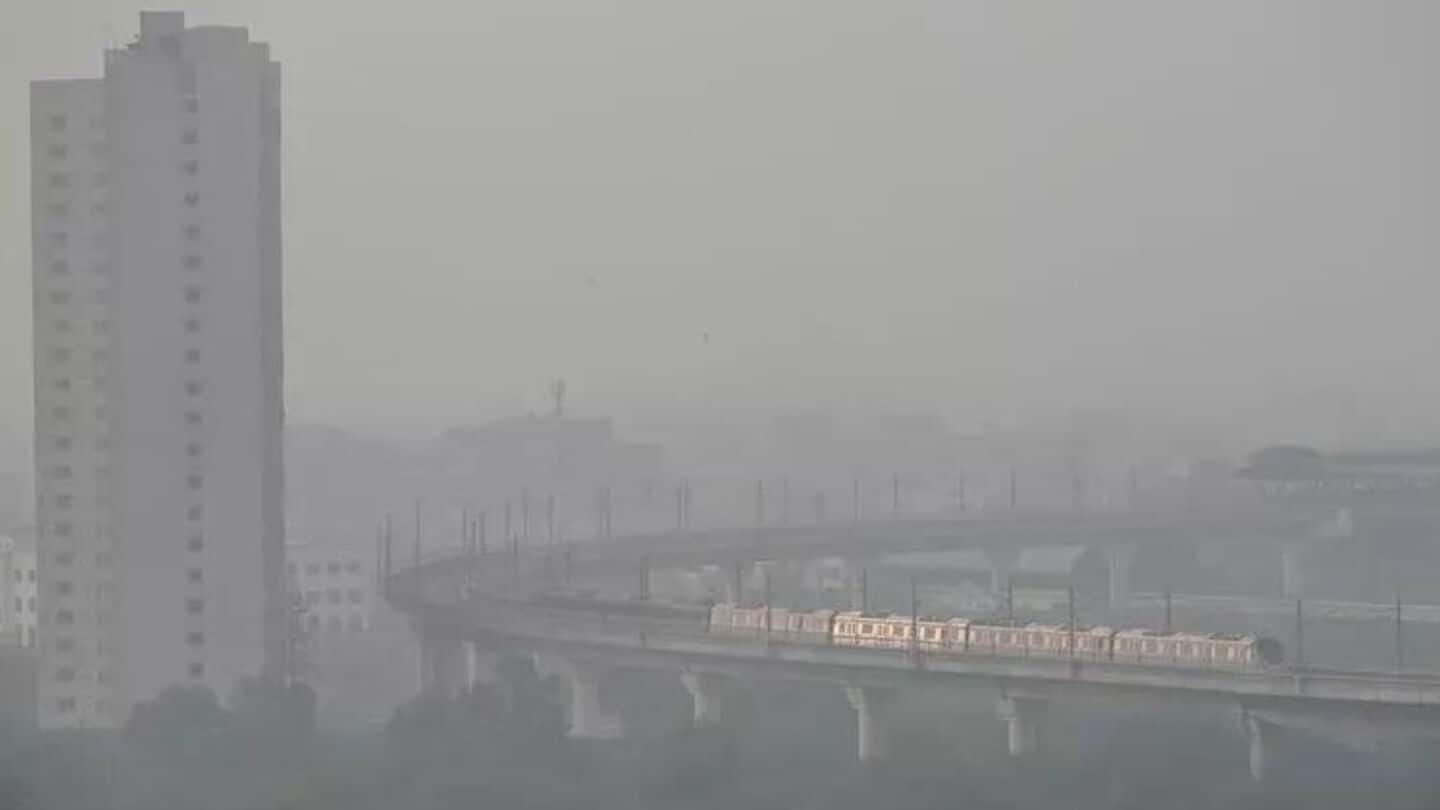Summarize Next Article GRAP stages explained: How the pollution plan is activated By Snehil Singh Oct 15, 2025 08: 30 pm What’s the story The Commission for Air Quality Management in the National Capital Region and Adjoining Areas (CAQM) has activated the first stage of the Graded Response Action Plan (GRAP) in Delhi and its neighboring areas. The decision was taken after the city’s Air Quality Index (AQI) touched 211, which falls in the “poor” category. Moreover, the India Meteorological Department (IMD) forecasts no major improvement in air quality soon. Pollution control What is GRAP? GRAP is a legally mandated, graded emergency plan to tackle air pollution. It was first approved by the Supreme Court of India in 2016 and notified in 2017. The plan has four stages, with Stage I activated when AQI ranges between 201-300 (poor). At this stage, CAQM has directed implementing agencies to adopt 27 targeted measures to tackle dust, vehicular emissions, and other sources of pollution. Pollution measures Key measures under Stage I Stage I of GRAP emphasizes dust control, with agencies directed to increase mechanized road sweeping and water sprinkling on major roads. Anti-smog guns are also being used more at big construction sites. Older polluting vehicles are banned from plying: diesel vehicles over 10 years old and petrol vehicles over 15 years old can’t ply. Traffic management is tightened at major intersections; motorists must switch off engines at red lights to reduce idling emissions. Additional measures More on the measures Authorities are also increasing checks on Pollution Under Control (PUC) certificates, with fines or impounding for violators. Open burning of garbage, leaves, biomass, and municipal waste is strictly prohibited, while roadside eateries can’t use coal or wood as fuel. Construction work without adequate dust-control measures is prohibited; all sites must ensure proper waste handling and dust suppression. Industries, including brick kilns in the NCR, must operate only with approved fuels. Future measures Experts say GRAP is reactive, not preventive The CAQM has indicated that the plan may escalate to higher stages if forecasts indicate further deterioration. Each stage brings stricter curbs on polluting activities, including construction restrictions, possible school closures, and vehicle entry bans in Stage IV (Severe+). However, experts have noted that GRAP is largely reactive rather than preventive. It doesn’t address deeper structural sources like crop burning or fully overcome enforcement challenges across jurisdictions. Winter alarm Why GRAP has become a yearly affair Usually, Delhi’s air quality deteriorates during October and November due to a combination of factors. These include lower wind speeds that trap pollutants, falling temperatures and fog, vehicle emissions that accompany its high population and large traffic volume, industrial emissions from NCR and beyond, local dust, and crop stubble burning in neighbouring states.
https://www.newsbytesapp.com/news/india/delhi-grap-how-is-pollution-plan-activated/story
GRAP stages explained: How the pollution plan is activated
